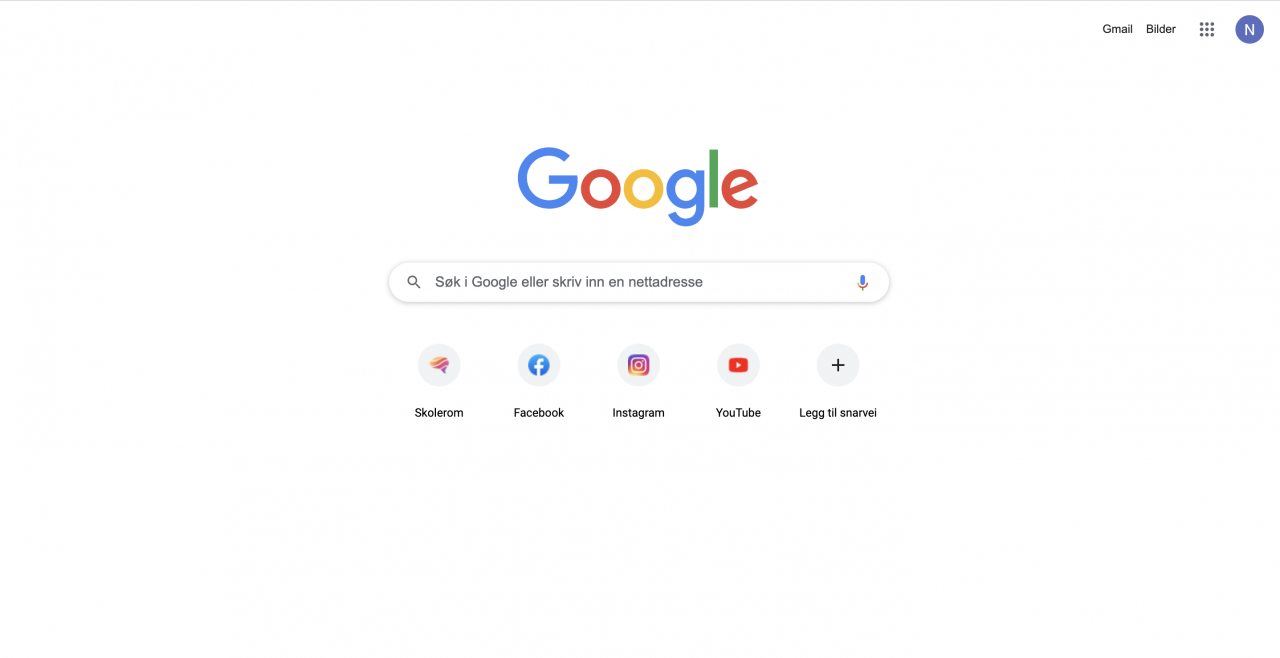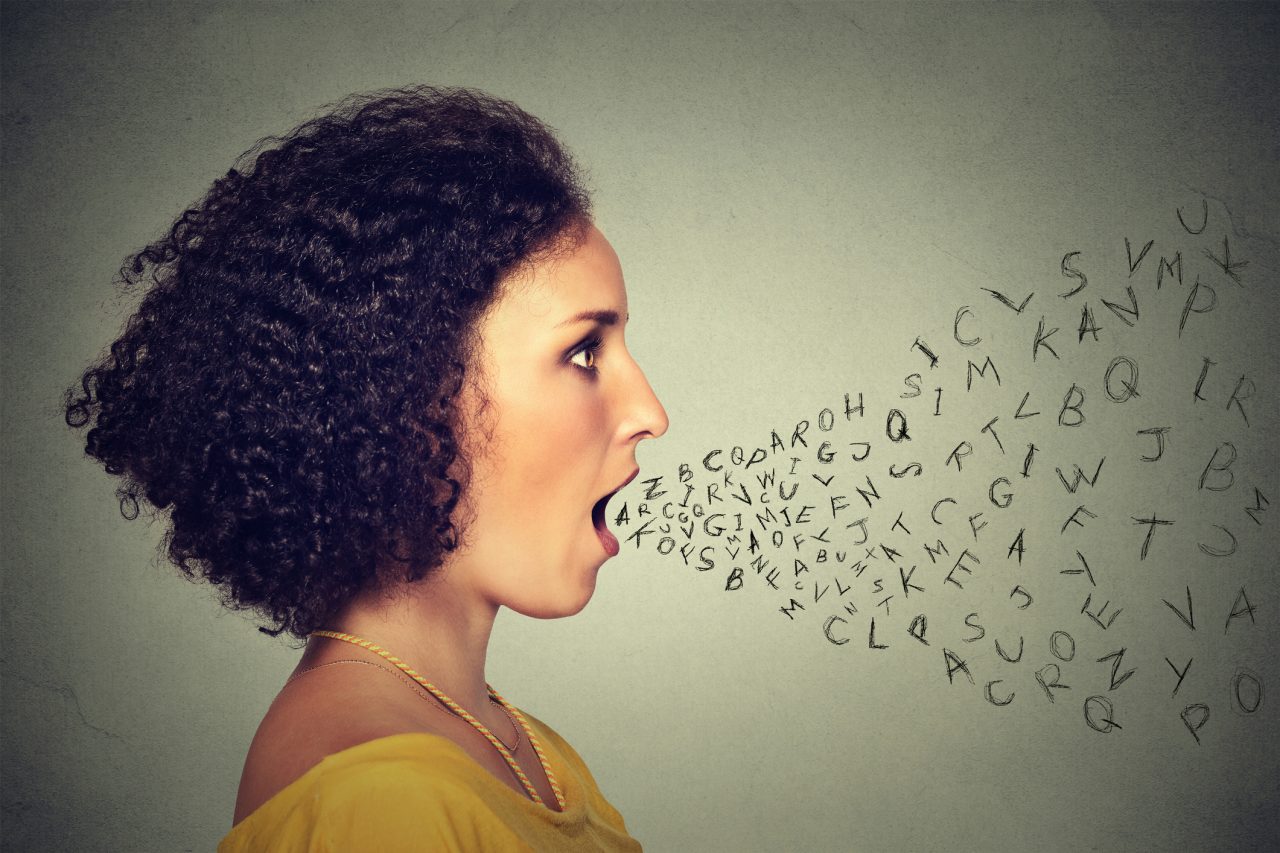What is source evaluation?
When you’re scrolling through social media and news articles, you come across different information. You might believe that these articles are true and believable. The same can be said about reading the news online.
Many news articles and research reports are trustworthy, but there are also quite a few that can be made up or fake, also known as ‘fake news’. The sources used to create these news articles are incorrect or lacking information.

En person som sjekker nyhetssider på mobil og PC
Access to large amounts of information comes with major challenges
The internet and social media have given the public access to large amounts of information. It is possible to research and collect large amounts of information in a short period of time and share it with others.
This access has also created major challenges. With Google being used as our main research platform and social media for sharing information, it can become difficult to screen the real news from the fake news.

Skjermpdump av Google
How to evaluate sources critically
Today it is more important than ever to critically analyze all sources you use. The sources need to be critically evaluated. This includes looking at the following:
-
- Who is the source?
- How believable is what is being said?
- What is the purpose of the text?
- What do the language, images and graphs tell you?
- Is the source up to date?
Who is the author?
What do we know about the background of the author and what does it say about the content presented? Does it make a difference if it is a person, an organization, or a government giving the information?
It is important to view why a source wants to present certain information. Perhaps someone has paid to make it public?
Sponsored content is content that someone pays to get into a publication.

Nærbilde av en mann som holder en iPad
What purpose does the post serve?
Most articles or ads have a specific purpose. For example, if a political party wants to get more votes, they will most likely run advertisements on their political views. When they do, they often criticize the opponent. A business looking for more customers will instead use rhetorical devices (language techniques) to convince more people to shop with them.
Take the time to find out the purpose of the news or ad in front of you.



Nærbilde av en avis
A world with and without source criticism
Watch this film from Full Fact, the UK’s independent fact checking organization.
Sources:
- Medietilsynet (03.02.2021): Slik avslører du desinformasjon og falske nyheter
https://www.medietilsynet.no/mediebildet/slik-avslorer-du-falske-nyheter/
- Kildekompasset (03.02.2021): Hva er kildekritikk?
https://kildekompasset.no/kildekritikk/
- Orgeret, Kristin Skare: Kildekritikk i Store norske leksikon på snl.no.
Hentet 3. februar 2021 fra https://snl.no/kildekritikk
- Pressens faglige utvalg (2020): Vær varsom-plakaten
https://presse.no/pfu/etiske-regler/vaer-varsom-plakaten/ - Full Fact (04.08.2022): Who we are
https://fullfact.org/about/ - Editage (11.08.2022): What are academic research standardshttps://www.editage.com/insights/what-are-the-academic-research-standards
Media Rights:
-
-
Getty Images
-
Skjermdump av Google.com
-
Getty Images
-
Getty Images
-
Getty Images
-
Getty Images
-
Getty Images
-
Getty Images
-
Google News Initiative – YouTube
-



